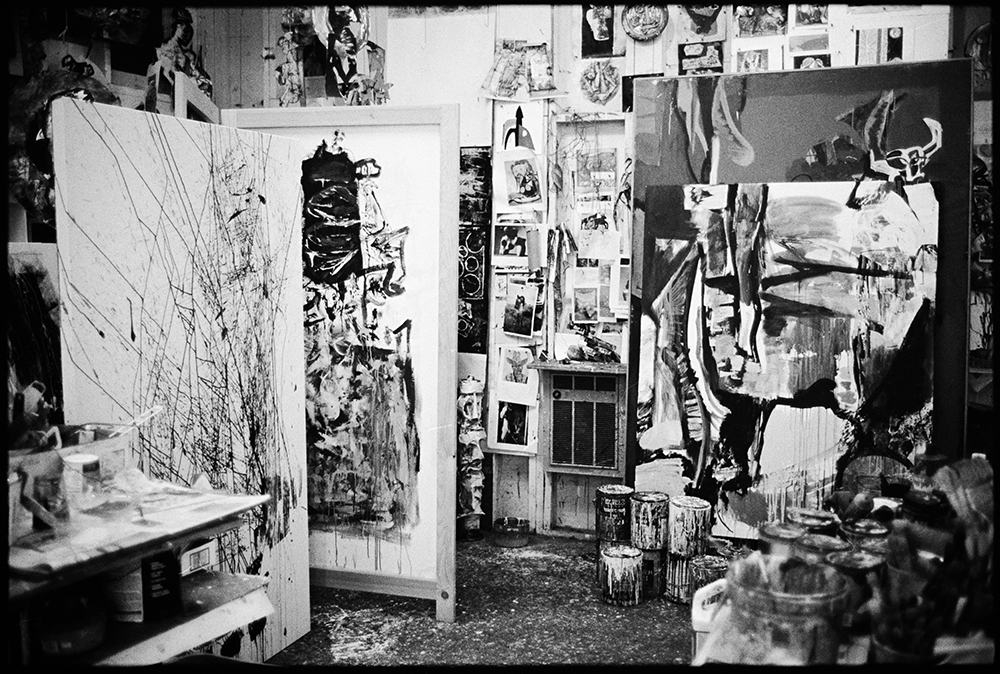Every Tuesday morning at the Woodacre Country Market & Deli, the Gangsters meet for a morning klatch. They are painters, artists, sculptors and photographers . . .
Harry Cohen: A life in service to abstract art


Every Tuesday morning at the Woodacre Country Market & Deli, the Gangsters meet for a morning klatch. They are painters, artists, sculptors and photographers . . .